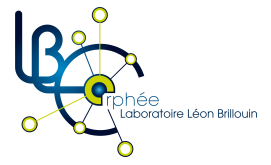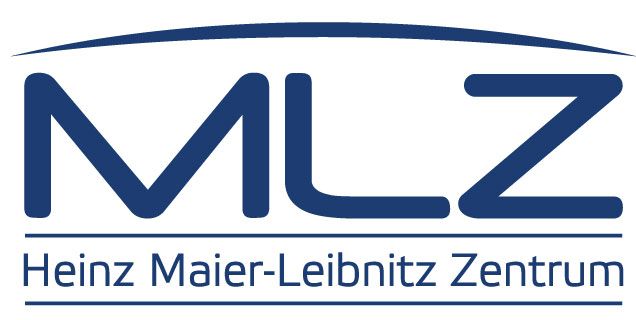MLZ / LLB Workshop 2025 in Garching
Institute for Advanced Study (IAS)
MLZ / LLB Workshop 2025 in Garching

Institute for Advanced Study on TUM Campus Garching (Photo: Andreas Battenberg / TUM)
From 25 to 27 November 2025 scientists from the Laboratoire Léon Brillouin (LLB) and the Heinz Maier-Leibnitz Zentrum (MLZ) will meet at the Institute for Advanced Study (IAS) located on the TUM Campus in Garching near Munich. The meeting follows the tradition of several regular workshops in the past years which already fostered the bonds between French and German neutron scientists.
The LLB is supported jointly by the Commissariat à l'Energie Atomique (CEA) and the Centre National de la Recherche Scientifique (CNRS). Its aim is to carry out research on the structure and dynamics of condensed matter using neutrons at various facilities. It is situated in the CEA/Saclay research centre.
The MLZ represents the cooperation between the Technische Universität München (TUM) and two research centres of the Helmholtz Association, namely Forschungszentrum Jülich and Helmholtz-Zentrum Hereon to exploit the scientific use of the Forschungs-Neutronenquelle Heinz Maier-Leibnitz in Garching near Munich.
The 2025 French-German WE-Heraeus Seminar on “Neutron Sources and Neutron Instrumentation: a Complex Ecosystem” will summarize and discuss the advantages and disadvantages of different neutron sources, the optimal instrumentation tailored for these sources, and the required infrastructure for their operation, in the light of present-day scientific and technological grand challenges. As both the development and operational requirements are becoming increasingly complex, fostering intellectual ownership and ensuring the efficient use of neutron scattering facilities has become a pressing challenge, also addressed at the seminar.
The directors of LLB and MLZ are looking forward to your participation!


On behalf of LLB On behalf of MLZ
Arnaud Desmedt Martin Müller
Grégory Chaboussant Christian Pfleiderer
Stephan Förster
